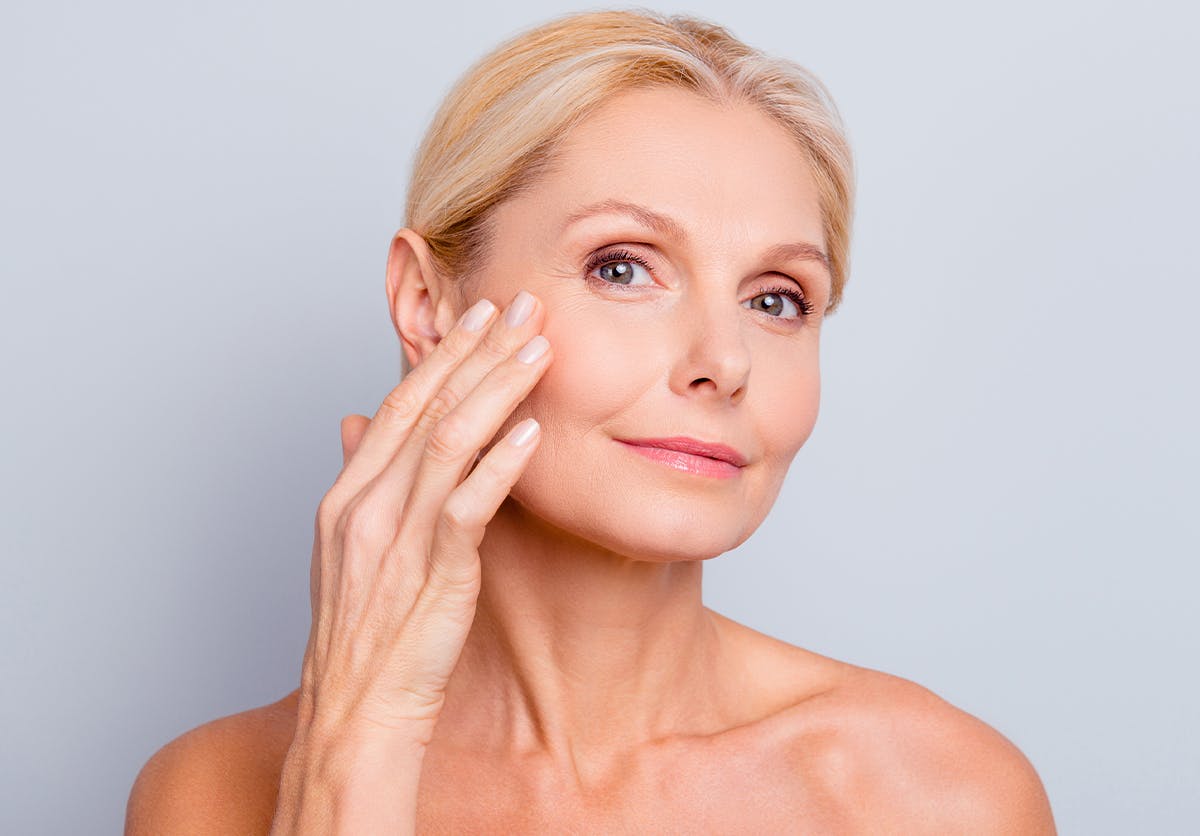Melasma is a skin condition that causes dark, uneven patches on the face, commonly triggered by hormonal fluctuations and excessive sun exposure. If you're dealing with melasma and are seeking melasma treatment in Dubai(علاج الكلف في دبي), it’s crucial to explore dermatologist-approved options that can effectively help manage and reduce pigmentation. Dubai offers a range of advanced treatments to help restore clear, even skin. Let’s dive into the top dermatologist-recommended treatments for melasma that can make a noticeable difference.
Understanding Melasma:
Melasma typically appears on areas of the skin that are exposed to the sun, such as the cheeks, forehead, and upper lip. It occurs when the skin produces excess melanin, resulting in dark patches. The main causes of melasma include:
- Hormonal changes: Pregnancy, birth control pills, and hormone replacement therapy are known to trigger melasma.
- Sun exposure: UV rays stimulate melanin production, leading to pigmentation changes.
- Genetics: A family history of melasma can increase the likelihood of developing this condition.
While melasma is not harmful, it can impact self-esteem. Fortunately, various treatments can help manage and reduce these dark spots.
Effective Dermatologist-Approved Melasma Treatments:
If you're looking for effective treatment options, it's essential to consider dermatologist-approved therapies. Below are some of the most widely recommended methods to treat melasma:
1. Hydroquinone Creams:
Hydroquinone is one of the most popular treatments for melasma due to its ability to lighten dark spots and inhibit melanin production. Available in both over-the-counter and prescription formulas, it is often the first treatment recommended by dermatologists.
- How it works: Hydroquinone helps to lighten existing pigmentation by reducing the production of melanin.
- Usage tips: Apply once or twice a day to the affected areas, depending on the strength and your dermatologist’s advice.
2. Retinoids (Tretinoin):
Retinoids are potent vitamin A derivatives that accelerate skin cell turnover. They help fade dark spots and improve skin texture by promoting the renewal of skin cells.
- How it works: Retinoids exfoliate the skin, encouraging the shedding of pigmented skin cells while promoting the growth of healthy new cells.
- Usage tips: Start with a lower concentration to avoid irritation, and gradually increase usage as your skin builds tolerance.
3. Azelaic Acid:
Azelaic acid is another dermatologist-recommended treatment that targets melasma. It works by blocking the production of melanin, thereby reducing pigmentation. It also has anti-inflammatory properties that can benefit those with sensitive skin.
- How it works: Azelaic acid lightens pigmentation by inhibiting the enzyme responsible for melanin production.
- Usage tips: Apply daily to the affected areas for optimal results. It's often recommended for those with sensitive skin.
4. Vitamin C Serums:
Vitamin C is a well-known antioxidant that brightens the skin and helps reduce hyperpigmentation. It works by neutralizing free radicals, which can lead to skin damage, and it also inhibits the production of melanin.
- How it works: Vitamin C brightens dark spots and supports the skin’s natural healing process.
- Usage tips: Apply vitamin C serum in the morning before sunscreen to help protect your skin from UV-induced pigmentation.
5. Chemical Peels:
Chemical peels are an effective treatment for melasma as they help to exfoliate the outermost layer of skin, removing dark, pigmented cells. Dermatologists often recommend glycolic acid or salicylic acid peels for melasma.
- How it works: A chemical peel removes the top layer of skin, allowing fresh, non-pigmented skin to emerge.
- Usage tips: Multiple sessions may be needed to see visible results, and sun protection is crucial post-treatment.
6. Laser Treatments:
Laser therapy is a non-invasive treatment option for melasma that uses concentrated light to break down pigment in the skin. Fractional lasers and Q-switched lasers are the most common types of lasers used for treating melasma.
- How it works: Lasers target excess melanin in the skin and help break it up, promoting even skin tone.
- Usage tips: Laser treatments often require multiple sessions for optimal results. Follow post-treatment care instructions to avoid complications.
7. Microneedling:
Microneedling uses tiny needles to create micro-injuries in the skin, which stimulates collagen production and encourages skin renewal. This treatment can help fade melasma by promoting the turnover of skin cells and reducing the appearance of dark spots.
- How it works: Microneedling promotes healing and regeneration by stimulating collagen production and improving skin texture.
- Usage tips: For best results, microneedling is often combined with topical treatments like serums or platelet-rich plasma (PRP).
Final Thoughts:
Treating melasma(علاج الكلف) in Dubai requires a combination of professional treatments and consistent skincare habits. By utilizing dermatologist-approved options like hydroquinone creams, retinoids, and laser treatments, you can significantly reduce pigmentation and achieve a more even skin tone. Be sure to consult with a dermatologist to determine the best approach for your skin type and condition. With the right treatment plan, you can regain a clear, glowing complexion and restore your confidence.






Comments